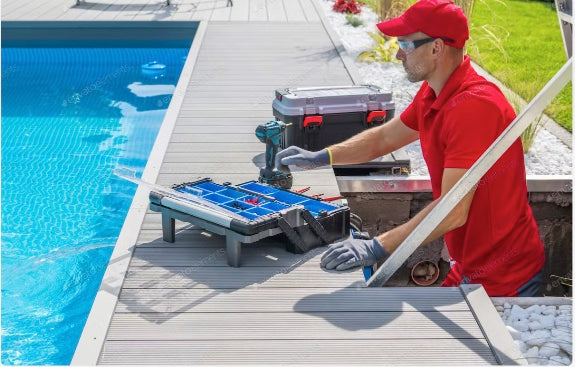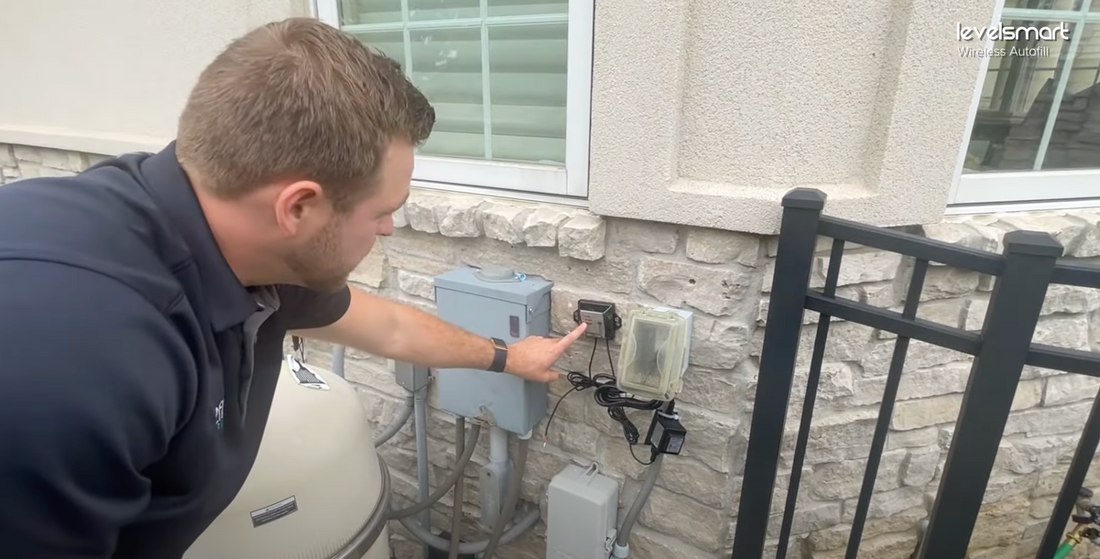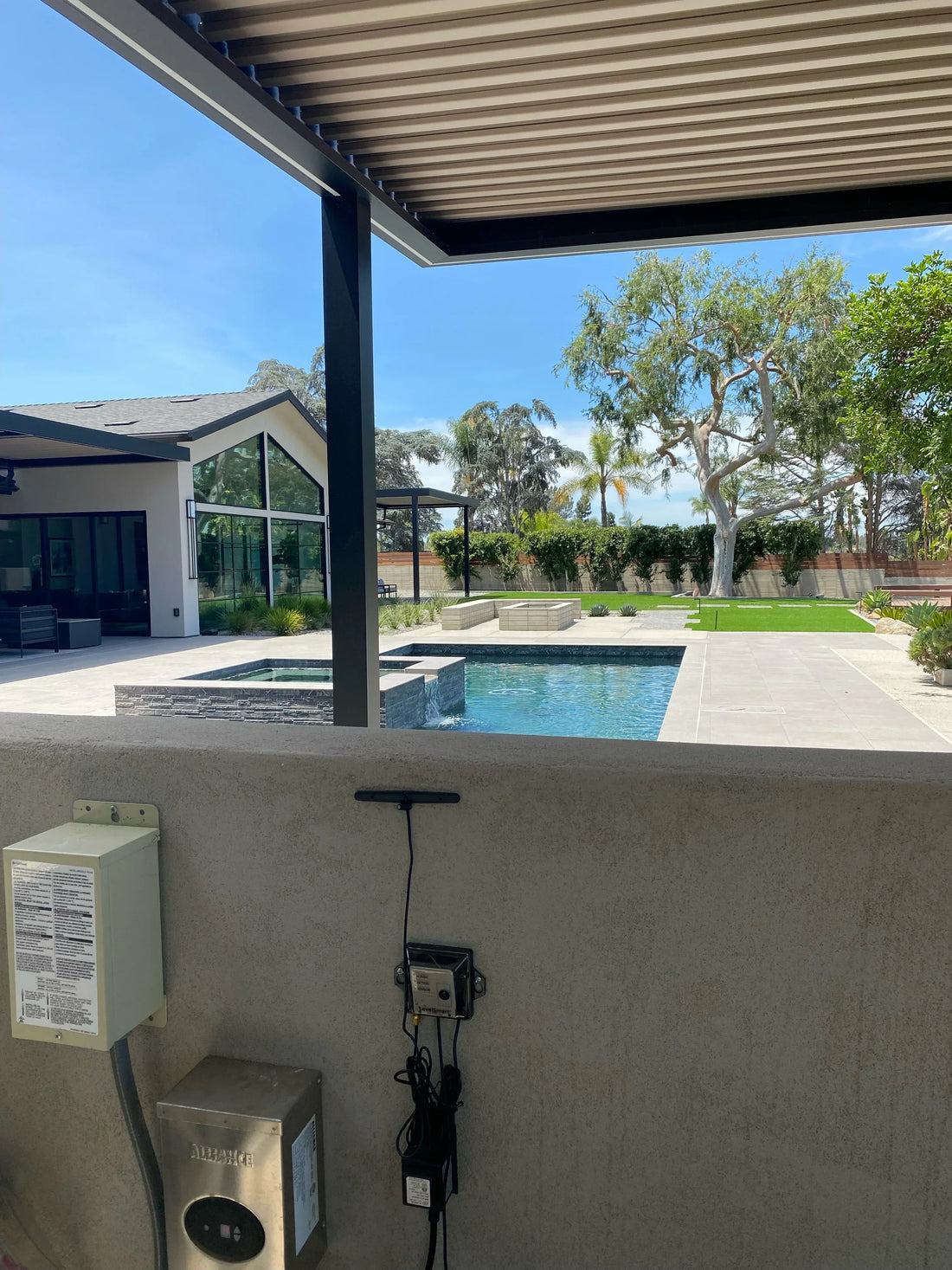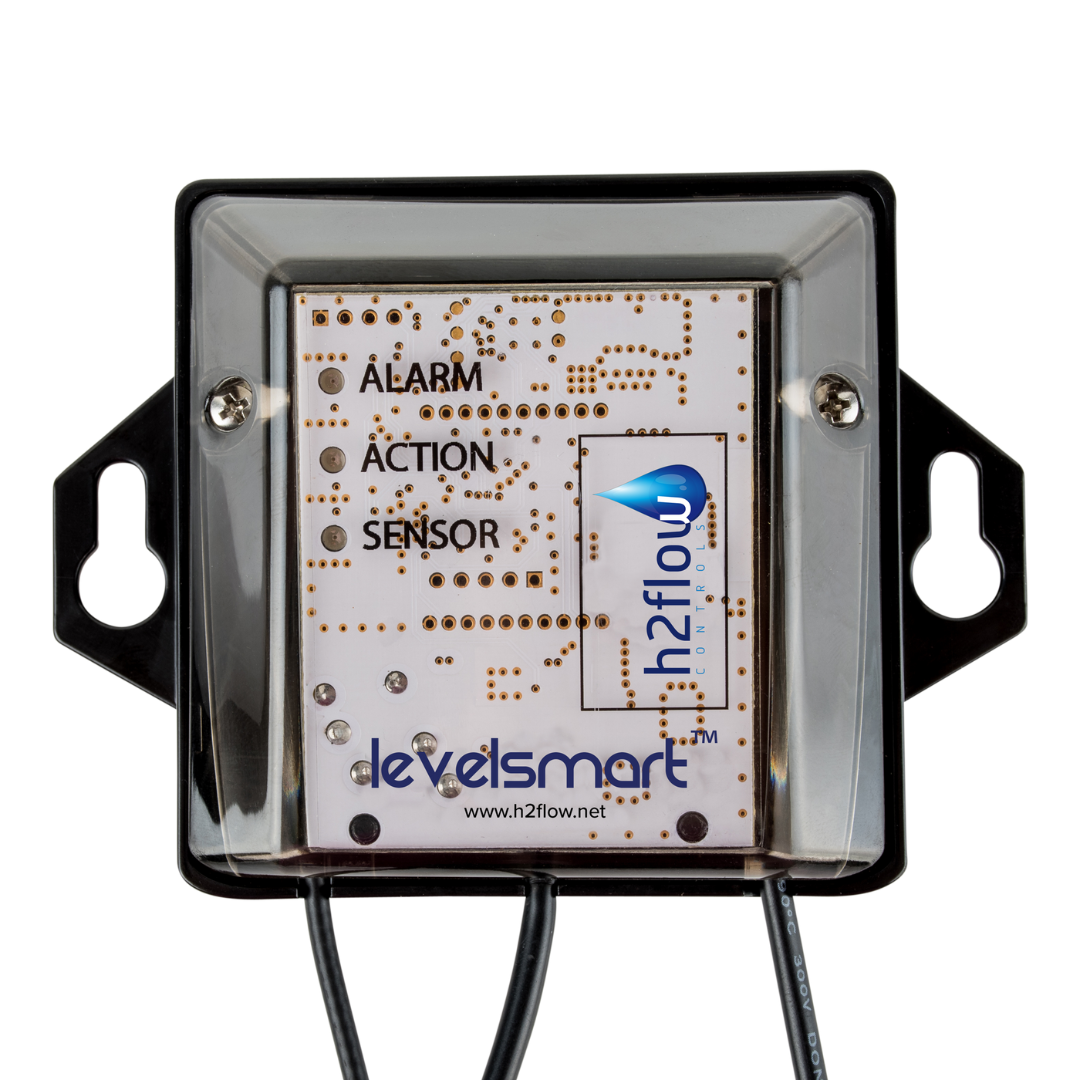News
Pool Autofill vs. Pool Returns: Water Maintenance Showdown
The Importance of Water Maintenance in Pool Care When maintaining a swimming pool or spa, two essential components are water level and chemical balance. Without the proper amount of water, the pool can sustain damage and become unsanitary. On the other hand, unbalanced chemicals can lead to health hazards and damage to the pool's infrastructure. Two popular solutions to these problems are pool autofill and pool returns. This blog will explore the similarities and differences between these two systems. Water Level Management Water level management is an essential aspect of pool maintenance. In-ground pools lose water through evaporation, splashing, and leaks. In most cases, the water level should be maintained between the skimmer and the tile line. If the water level drops below the skimmer, the pump can become damaged. On the other hand, water level above the tile line can lead to tile damage. Pool Autofill A pool autofill is a water level management system that maintains the water level in a pool. It automatically adds water when the water level drops below a certain point. Most auto-fills are connected to the pool's water supply and are triggered by a float valve. When the water level drops below the predetermined level, the valve opens. Once the valve opens, water will enter the pool until it reaches the desired level. The benefits of an autofill include convenience and consistency. Once installed, a pool autofill can save time and effort by maintaining the water level without requiring manual intervention. Additionally, it ensures the water level remains consistent, which is essential for proper pool operation. Pool Returns Pool returns play a crucial role in maintaining the pool's water level and chemical balance. They are outlets that allow water to circulate back into the pool from the filtration system. This water circulation helps maintain proper chemical levels while preventing stagnant water from collecting in areas, which can lead to the growth of algae and harmful bacteria. Comparison While both pool auto-fills and pool returns address water level management, they serve different functions. Pool auto-fills are primarily designed to maintain the water level in a pool. A pool-returns, on the other hand, helps maintain proper water circulation and chemical balance. In terms of convenience, an autofill system is generally more convenient than a pool return system. Once installed, a pool autofill requires minimal maintenance and intervention. A pool return system requires regular cleaning and maintenance to ensure proper function. Regarding water conservation, an autofill system may consume more water than pool returns. Auto-fills can continuously add water to the pool, even if the water level is not significantly low. In contrast, the pool returns recycled water and does not require additional water to be added. One disadvantage of the auto-fills is that they can potentially lead to overfilling the pool if not monitored regularly. If the float valve becomes stuck in the open position, water can continue to enter the. This can lead to damage and water waste. Additionally, if the autofill is not installed correctly, it can lead to excessive water bills and wasted water. On the other hand, pool returns can become clogged with debris, affecting their function. If the pool return system is not cleaned regularly, water circulation can be negatively impacted. This can lead to stagnant water and potential health hazards. Conclusion In conclusion, both pool auto-fills and returns play important roles in pool and spa maintenance. While pool auto-fills primarily address water level management, pool returns help maintain proper water circulation and chemical balance. Both systems have their advantages and disadvantages, and the choice ultimately comes down to personal preference.
Learn more
Product Resources
How to Check Valve Operation after LevelSmart Installation
After successfully pairing your LevelSmart, you can check the valve operation and connection. Be cautious not to hold the magnet on the Valve Controller for longer than 15 seconds, as it will reset the system and require you to repeat the pairing process. Place the magnet on the Valve Controller until the red and green LEDs illuminate, adjust for polarity if needed, then hold the magnet for five seconds and remove it. The Action LED will light up for five seconds, indicating the valve is open, and you'll hear the valve open and close, confirming a successful connection. If the test fails, ensure the Valve Controller shows a green sensor LED, check that the water level covers the bottom third of the sensor, and reset the sensor by holding the magnet on it for five seconds. After removing the magnet, the sensor LEDs should flash three times, and the system will recalibrate, with the Valve Controller's green LED turning solid once complete.
Learn moreHow to Pair the LevelSmart Wireless Autofill System
The pairing process takes 2.5 minutes to complete. The pairing process will ensure that you have good communication between the sensor and the valve controller along with a calibrated water level. You can reach the instructions or follow along with the video below. Before starting make sure the Antenna and antenna tip is connected and mounted. Also, have the sensor near the installation location if not already adhered. Put Valve Control in pairing mode To put the Valve Controller in pairing mode, place the magnet provided on the Valve Controller for more than 16 seconds, then remove it. Once removed, the three LEDs will flash in a scrolling sequence from bottom to top. Put Sensor in Pairing Mode Now that the Valve Controller is in pairing mode it's time to activate the pairing mode for the sensor. Take the magnet to the Sensor and engage the Sensor by placing the magnet on the right side for 5 seconds, then remove it. Once removed, the Sensor LED will flash three times from the top center of the Sensor. Confirm Successful Pairing Check the Valve Controller to observe the pairing process status. The Valve Controller Action LED will flash continuously for a total of two and a half minutes while it confirms the connection with the sensor and calibrates the set level. Once this process is finished the solid green action LED will be on the Valve Controller. If this is not the case, the pairing was unsuccessful and you may have to move the antenna location. Be sure the antenna is not against any metal as that will interfere with the signal. Once you have adjusted the placement restart the pairing process. You can also follow along with this video for the pairing process
Learn moreHow to setup the online account for LevelSmart Online
When you purchase a LevelSmart system online, you'll need to create an account with Konametrix.com to access and manage your data. After setting up your account, you'll be able to choose a data plan, enter your billing information, and activate your system to start receiving real-time data. This ensures that your LevelSmart device is properly synced and provides you with the necessary insights to monitor your system effectively.
Learn moreHow Do I install the LevelSmart Wireless Autofill?
The LevelSmart Wireless Autofill system from Kona Labs offers a simple, wireless solution for maintaining optimal water levels in various water systems, including pools, spas, ponds, and tanks. Unlike traditional systems that require complex plumbing, LevelSmart’s wireless design makes installation easy and hassle-free. This guide provides step-by-step instructions for installation, calibration, and troubleshooting, helping you get the most out of your system. While most of the installation can be done with basic DIY skills, valve installation should be handled by someone experienced in plumbing.
Learn more






